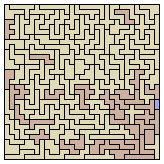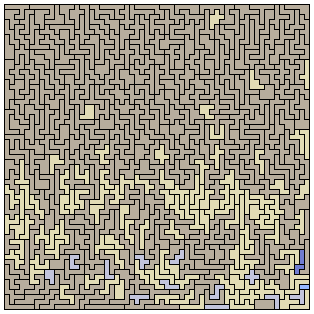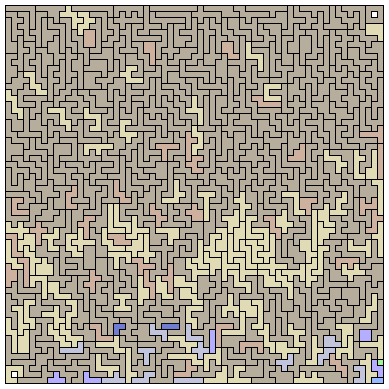Polyominoes families filling a square




Here I consider the problem of covering a square by full series of polyominoes (possibly disregarding those with holes). The solutions I found are the following:
the 3×3 square, which can be covered by the monomino, the domino and the triominoes (1,2,3)-ominoes for brevity; the 9×9 square tiled by the (1,4,5)-ominoes; the 31×31 square obtained with the (2,6,7)-ominoes and the largest one, the 61 × 61 square tiles by octominoes, heptaminoes, pentaminoes, triominoes and the domino.
According to math, the (2,4,6,8)-ominoes (without holes) can cover the 56×56 square, since 1×2 + 5×4 + 35×6 + 363×8 = 56×56. Unfortunately, by means of parity considerations it is easy to see that this is not possible, since a checkerboard 56×56 has an equal number of black and white squares, but the (2,4,6,8)-ominoes could not be positioned on a checkerboard in such a way to cover the same number of black and white squares.

The next square in this series should be the 107×107, to be tiled with the monomino, the triominoes, the heptaminoes and the nonominoes, but currently it is beyond the capabilities of my programs.
Instead, I used all the pieces from the monomino to the octominoes, plus a octomino with a hole, to cover a 63×63 square with the exception of two symmetric holes.

